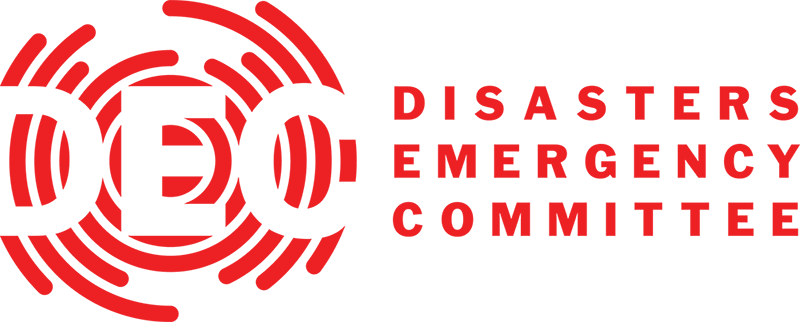
Gaza Crisis Facts and Figures
7 May 2015
BEFORE THE CRISIS
- Gaza’s population of between 1.8 and 2 million people is confined to a 360-square-kilometre strip of land. The high population density, the economic blockade (which restricts the movement of people and goods into and out of the territory), high levels of poverty and insufficient services make it exceptionally difficult for people to earn a living or access quality healthcare, water and education.
- Before the crisis, 80% of people in Gaza were dependent on aid. Unemployment rose to 38% in early 2014.
- An energy crisis in Gaza led to power outages of up to 12 hours per day.
- Government employees had not been paid since April 2014, and their salaries had not been paid regularly since August 2013.
THE IMPACT OF THE CRISIS
- Seven weeks of heavy conflict in the summer of 2014 created a humanitarian crisis for the majority of Palestinians in Gaza. People were unable to meet their most basic needs and hundreds of thousands were psychologically impacted by the hostilities.
- Damage to agricultural land and the fishing sector shattered the local economy – the Ministry of Agriculture estimated a loss of US$550 million. The hostilities damaged 42,000 acres of farmland, as well as greenhouses, irrigation systems, livestock, fodder stocks and fishing boats, affecting the livelihoods of some 40,000 people.
- The unemployment level in Gaza was 43.9%, the highest in the world, and 39% of the population was living on less than US$1.90 per day.
- 1.5 million people had no or very limited access to water or sanitation.
- One in four Palestinians in Gaza fled their homes.
- More than 60,000 homes were severely damaged or completely destroyed.
- The UN said the health system was on the verge of collapse, with 24 health facilities damaged and acute shortages of medicines and medical supplies.
- The cost of food doubled, pushing the price of essential foodstuffs beyond the reach of many.
- According to the UN, 2,251 Palestinians were killed, of whom 1,462 were civilians, including 551 children. Sixty-six Israeli soldiers and five Israeli civilians, including one child, were also killed.
DEC APPEAL AND RESPONSE
- The DEC Gaza Crisis Appeal was launched on 8 August 2014 and raised almost £19 million.
- Ten of the DEC’s members – some of the UK’s leading aid charities – began to deliver vital aid, despite a month of intense fighting at the beginning of the response.
- In the initial six-month emergency phase (August 2014 to January 2015), DEC member charities and their local partners reached more than 194,000 people with lifesaving support. They supplied clean water, food parcels or vouchers to more than 97,000 people, household items for 36,000 people, as well as emergency shelter and medical supplies.
- They also helped more than 10,000 children and other vulnerable people to cope with the psychological effects of the conflict.
- During the second phase of the response (February 2015 to August 2016), DEC member charities reached more than 360,000 people – one in five of Gaza’s population.
- Much more was invested in boosting businesses, improving pre-school learning and helping people to cope with the trauma of conflict. This shift in emphasis towards skills and emotional wellbeing was designed to build people’s resilience to the ongoing conflict.
- More than 6,000 people benefitted from cash for work or other short-term employment; and more than 600 men and women learned new IT skills, enabling older men and women to access information and opening up new areas for learning.
- Agricultural support was ramped up in the second phase of the response. DEC member charities helped small-scale farmers to rehabilitate their land, create irrigation networks and cultivate trees and seedlings. They helped repair damaged greenhouses and restore water sources, meaning farmers no long had to rely on rain-fed crops.
- DEC members also helped women boost the family income by providing livestock to raise and sell. One DEC member charity gave 56 women pigeons, rabbits and sheep, as well as training to enable them to start small businesses – almost two-thirds of the women reported securing a monthly income of US$150-200. More than 200 women received chickens, cages and fodder.
- More than 300,000 people were able to access clean water in the second phase of the response, as DEC member charities rehabilitated water networks, tanks, filters and desalination units.

